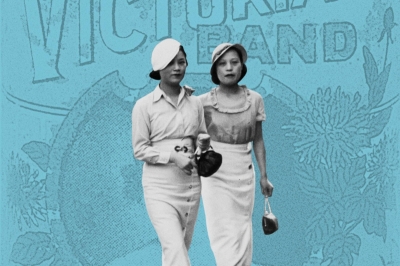Like a femme fatale, Art Nouveau has long guarded her secrets well. Were her sinuous lines symbolic or erotic? Did she bring fresh beauty into the modern world, or exploit a fin de siecle taste for the decadent? And why did she suddenly disappear, after a rapid rise to fame?
There are many small collections of Emile Galle or Rene Lalique glassware in Japan, but there has never been anything as enlightening as the ravishing new exhibition of Art Nouveau from London's Victoria and Albert Museum. A superb selection of 260 items of furniture, jewelry, glass, ceramics, textiles, sculpture, graphics and even an original entrance from the Paris Metro, it takes the visitor from the seeds of the movement, through its extraordinary blossoming, to its sudden demise in 1914. It is the largest exhibition of such work since millions discovered the "new art" at world fairs in Paris, Turin, St. Louis and so on at the dawn of the 20th century.
Then, Art Nouveau meant revolution. Its fundamental creed was that life and art in modern society should be one. New art meant a clean break from the endless "rehash of ancient things" promoted by the establishment. As Charles Rennie Mackintosh said, it would emancipate artists from "stupid forms of education, which stifles the intellect, paralyzes the ambition and kills the emotion." Belgian architect Henri Van de Velde, in his manifesto of 1899, talked passionately of a "purifying art" and insisted that the politically and commercially motivated division of art into fine and decorative hierarchies must end in the new century.


















With your current subscription plan you can comment on stories. However, before writing your first comment, please create a display name in the Profile section of your subscriber account page.